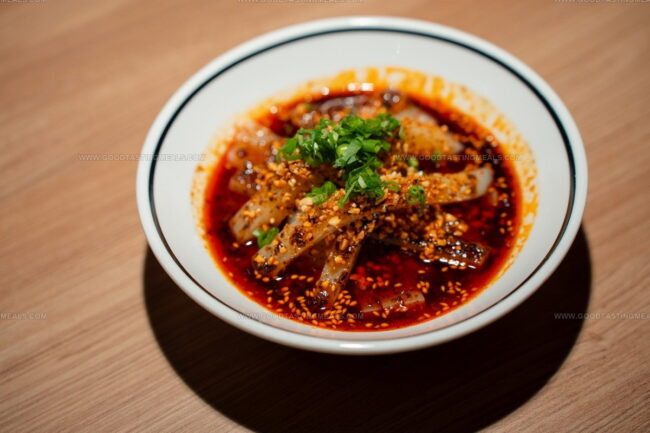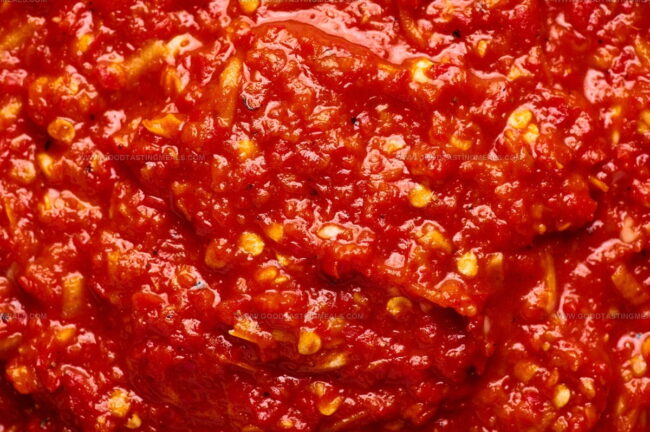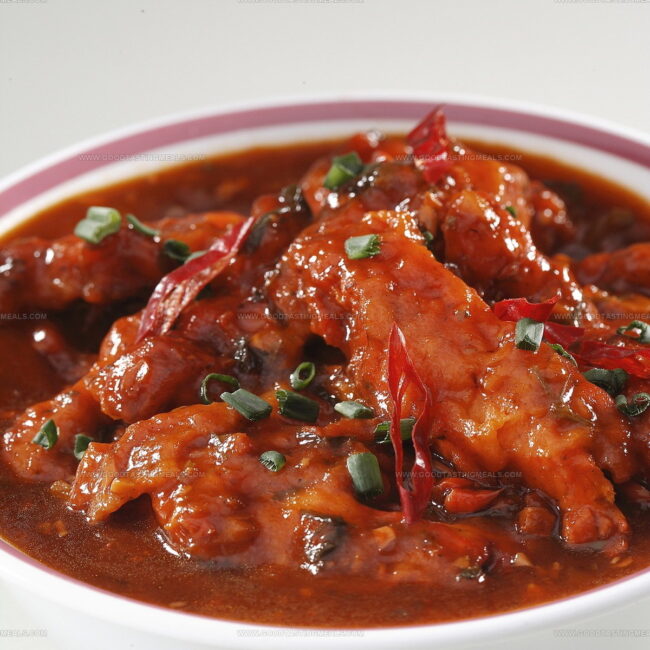What Does Szechuan Sauce Taste Like? Dive Into This Fiery Flavor
McDonald's szechuan sauce sparked intense curiosity among flavor enthusiasts and pop culture fans alike.
The controversial condiment became a viral sensation after references in popular media.
Curious food lovers wonder about its mysterious culinary profile and unique characteristics.
Regional chinese cuisine offers complex flavor combinations that intrigue passionate eaters.
Spicy, tangy, and unexpected elements make this sauce more than a simple condiment.
Intense debate surrounds its true taste and cultural significance.
Your taste buds are in for an unexpected adventure with this legendary sauce.
Flavor Profile of Szechuan Sauce
Szechuan sauce brings together a mix of exciting tastes. Peppercorn, garlic, and soy sauce create a savory and spicy flavor with just a touch of sweetness from sugar.
While chili powder can make the sauce hotter, it doesn't start out extremely spicy.
Sauce flavors lean more toward salty and savory than sweet.
Soy forms the base of this rich condiment. Sichuan peppercorns add a special kick to the recipe, though they aren't always required.
Sauce origins connect directly to China's Szechuan province. Flavors come from unique peppercorns common in Chinese cooking.
These peppercorns taste similar to black pepper but offer a more complex taste experience. Chefs use this sauce in many different meals like:
Making Szechuan Sauce at Home
Sauce's zesty kick comes from Szechuan peppercorns. These special spices play a key role in many cooking styles, from quick pan dishes to complete meal plans.
Szechuan peppercorns deliver more than heat - they create a special tingling sensation with rich flavor notes.
Describing Szechuan sauce's exact taste can feel tricky.
Each person experiences different flavor sensations based on their individual taste preferences.
What You Need
Cooking Directions
How It’s Done
Making Szechuan chicken at home is simple, and each chef can control the spice level by adjusting peppers and hot sauce. Cooks can create a milder version by skipping red chilli and reducing hot sauce.
Key Chinese ingredients like soy sauce, ginger, sesame oil, cornstarch, and rice wine give the dish its classic Chinese flavor. These ingredients appear in many Chinese stir-fry recipes.
Szechuan chicken comes from China's Szechuan region, known for its bold cooking style. Local cuisine has a strong reputation for heat, though some dishes offer mild flavors.
Most Szechuan meals feature meats such as chicken, beef, lamb, or pork cooked with peppers, salt, and garlic. Chefs sometimes add pickled vegetables to enhance the dish.
Cooking methods in Szechuan cuisine include:
Is Szechuan Sauce More Sweet or Spicy?
Szechuan sauce offers a balanced mix of flavors that dance between sweet and savory notes.
Heat levels can shift depending on personal preference by mixing in different chili spices.
Soy sauce forms the core foundation of this classic recipe, creating a smooth base that brings all ingredients together.
Home cooks can control the spiciness by adding more or less chili powder, making the sauce adaptable to different taste preferences.
Is Szechuan Food Known for Spice?
Sichuan food stands out because of its fiery flavors. Chefs create complex tastes by mixing several strong spices and herbs.
Key ingredients that make these dishes special include:
Each spice adds a sharp, intense kick that warms your mouth and creates deep flavor layers. Cooks blend these seasonings carefully to develop rich, bold profiles that shock and delight taste buds.
Rather than using just one or two spices, Sichuan chefs combine multiple zesty ingredients to build complex sensations that dance across your palate.
Popular Dishes That Use Szechuan Sauce
Szechuan sauce adds bold, spicy flavor to many different meals, making it a favorite in Chinese cooking and beyond.
Here are some popular dishes that use Szechuan sauce:
These dishes show how versatile Szechuan sauce can be, whether you like things extra hot or just a little bit spicy.
Szechuan Sauce Pairings: Beyond Asian Cuisine
Szechuan sauce isn’t just for Asian dishes, it can bring bold, spicy flavor to all kinds of meals.
Below are some tasty ways to use it outside of traditional recipes:
Trying Szechuan sauce in new ways can wake up familiar meals and turn ordinary dishes into something exciting.
The Science Behind the Numbing Effect of Szechuan Pepper
The numbing sensation from Szechuan pepper is more than just spice, it’s a unique feeling that sets Szechuan cuisine apart:




